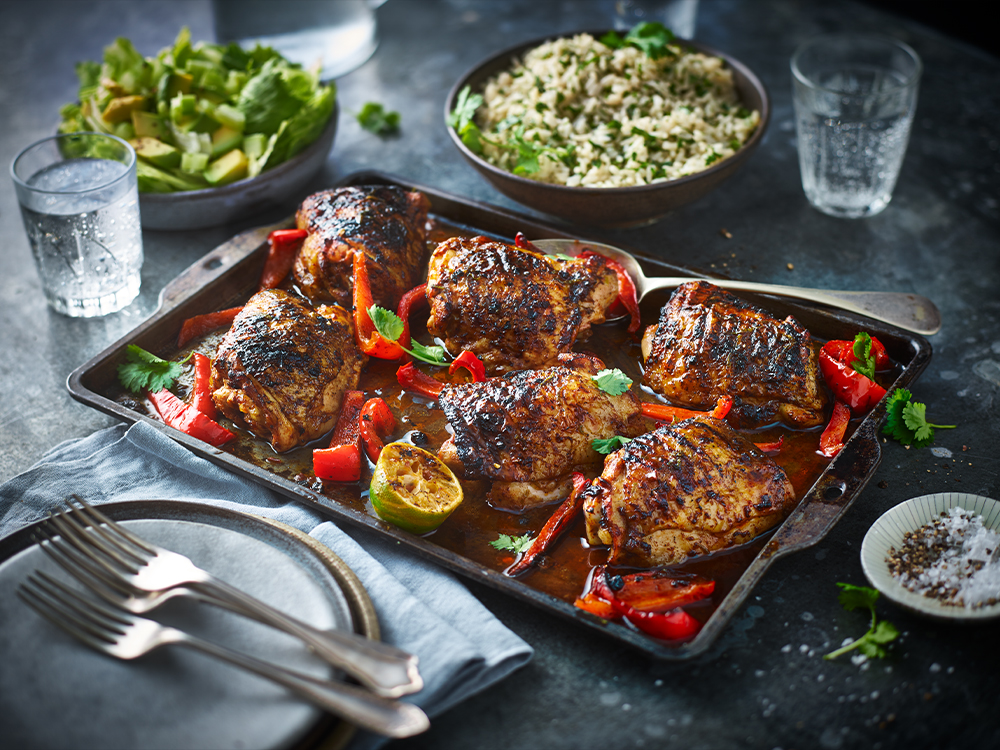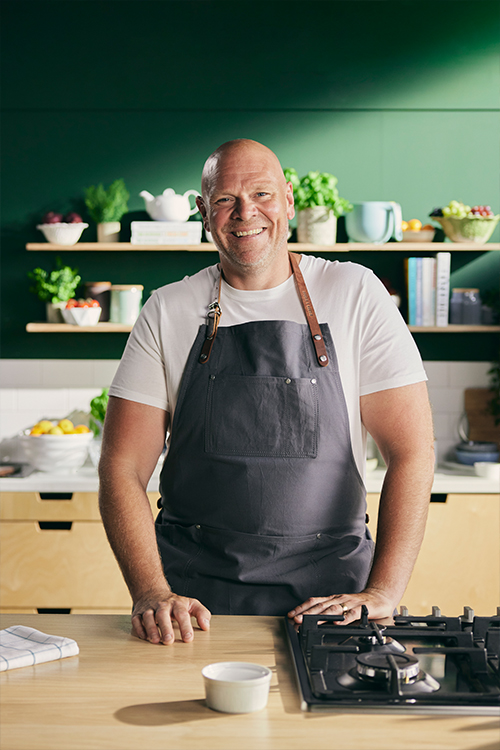M&S Food has joined forces with Michelin-starred chef, and father, Tom Kerridge on an exciting new partnership, kicking off with a brand new meal planner to help customers serve up delicious, pocket-friendly family meals this summer.
M&S Food has joined forces with Michelin-starred chef, and father, Tom Kerridge on an exciting new partnership, kicking off with a brand new meal planner to help customers serve up delicious, pocket-friendly family meals this summer.
Tom’s meal planner is packed full of products from the M&S Remarksable Value* range and includes a shopping list full of great value, quality ingredients with easy-to-follow recipes that’ll give you five mid-week meals for a family of four, with handy tips for any leftovers.
Each of the recipes comes in at under £2 per person – giving customers an M&S-quality meal, created by a Michelin-starred chef, for less than the price of a cup of coffee and all prices of the ingredients in the meal planner will be locked for the whole summer.**
Developed around ‘ALL taste, less waste’ the planner includes recipes such as Chipotle Chicken Thighs with Herby Rice, with tips to turn any leftovers into a burrito bowl for lunch the following day, and Sweet & Spicy Sausage, Carrot & Broccoli Bake, with an amazing hack for turning the leftover broccoli stalk into its very own pesto.

Tom knows a thing or two about how to create delicious family meals on a budget
Following the success of his recent Full Time Meals campaign with footballer Marcus Rashford, Tom knows a thing or two about how to create delicious family meals on a budget. He told M&S Food Magazine: “One of the big things is having a shopping list and an understanding of menu prepping and meal planning, knowing what you’re going to cook over the next five or seven days. Build together the recipes you’re going to cook, and only buy what you need – a little bit of structure works really well.”

As well as being famous for his Michelin-starred ‘pub classics’, Tom is well known for his stances on sustainable farming, supporting British farmers and reducing food waste.
M&S won’t compromise on quality
He said: “I think people are always surprised when they realise prices at M&S are much more competitively priced than they’d expect, especially on most of the things you’d buy on a weekly shop like milk, butter, cheese, bread, pasta and veg. And I think the quality behind those products is still absolutely top notch. The eggs are still free-range, the mince is completely traceable. M&S won’t compromise on quality even with its Remarksable Value ingredients, and that’s something really important to me.”
All taste, less waste
Pick up the shopping list in store and scan the QR code to find the recipes and meal planner online, or find it on the Marks & Spencer website












